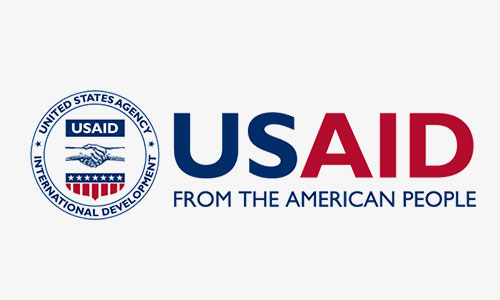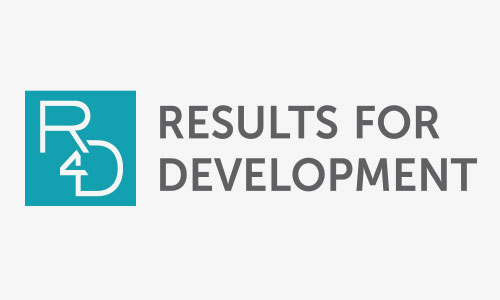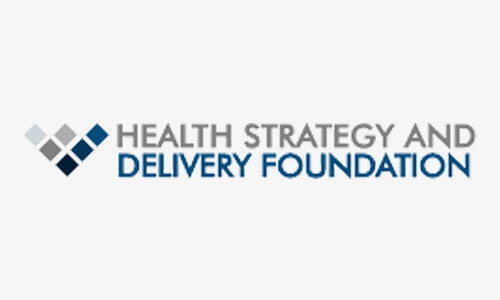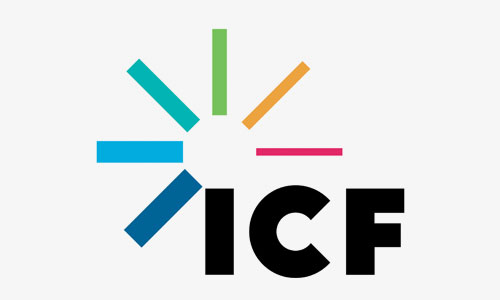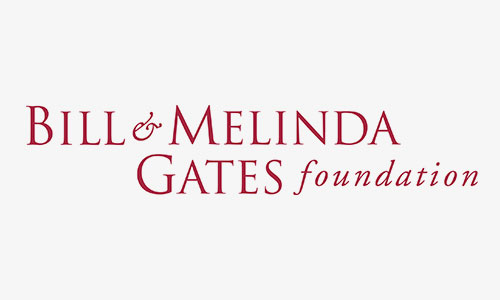Authors:
- Rachel Neill, Consultant, Health Systems Strengthening Accelerator
- Reva Alperson, Senior Program Associate, Results for Development
- Daniela Gutierrez, Senior Program Officer, Results for Development
Rehabilitation is a core component of Universal Health Coverage (UHC) that aims to improve functioning and reduce disability.[1] One third of the world’s population will need rehabilitation in their lifetime,[2] and this need will only continue to grow due to aging populations, surging non-communicable diseases, and persisting conflict-induced injuries. However, most people in low- and middle-income countries (LMICs) who need rehabilitation will not receive it.
There is growing interest in integrating rehabilitation within primary health care (PHC) to expand access, increase coverage, and bring services closer to communities.[3] However, there is little practical guidance on how countries can integrate rehabilitation in PHC and what support is needed to accomplish this goal.
A collaborative learning approach can support countries to define individual goals, share experiences, and co-create solutions to shared challenges.
Lorem ipsum dolor sit amet, consectetur adipiscing elit. Ut elit tellus, luctus nec ullamcorper mattis, pulvinar dapibus leo.
Virtual Roundtable Series on Rehabilitation in Primary Health Care
Through funding from the Leahy War Victims Fund (LWVF) and partnership with USAID’s Inclusive Development Hub, the Health Systems Strengthening Accelerator (Accelerator) partnered with the Joint Learning Network for Universal Health Coverage (JLN) to facilitate a peer-learning virtual roundtable series on rehabilitation in PHC.
Between November 2022 and January 2023, a total of 53 participants from ministries of health, service delivery settings, non-governmental organizations, and universities in 18 countries came together to share their experiences integrating rehabilitation in health systems and PHC, and to co-develop a cross-country learning agenda.
What did we learn?
Raising awareness of rehabilitation is critical.
Participants identified the biggest barrier to integrating rehabilitation into PHC as limited understanding of what rehabilitation is and why it is important. Advocacy to policymakers and inclusion of rehabilitation in health sector planning is critical to increase budget allocation. More evidence on improving patient outcomes can demonstrate feasibility and cost-effectiveness of integration initiatives for policymakers.
For example, participants from Ethiopia and Uganda shared the important role of situational assessments. These assessments can bring stakeholders together to understand the role of rehabilitation in the health system and inform country-level planning.
Capacity-building for PHC workers is required.
Another major cross-country challenge identified by participants is the insufficient number of rehabilitation professionals. Training PHC workers to provide basic rehabilitation services, identify patients with rehabilitation needs, and make referrals to specialized care could increase access to rehabilitation. In Colombia, new pre-service and in-service training approaches have been key to expanding access. Participants across countries also described the important role of hospitals and rehabilitation specialists in partnering with PHC to strengthen referral networks and promote early identification of rehabilitation needs.
Harmonized, rehabilitation data can support service delivery.
Increased access to and use of data can support rehabilitation by enabling better planning, identification of patient needs, and monitoring of service coverage and patient outcomes. However, fragmented data systems prevent ministries of health and health workers alike from using existing data. A multi-component approach was recommended. Integration of rehabilitation into health management information systems can improve data for decision-making from the top down. Participants from South Africa indicated that electronic patient records could also help rehabilitation workers improve the quality of services and ensure continuity of care for patients from the bottom up.
Building global knowledge on rehabilitation in PHC
Participants clearly highlighted a growing interest in integrating rehabilitation into PHC and the need for more support to apply practical tools and resources. The roundtable series was a successful first step to document LMIC challenges, experiences, and learning needs on rehabilitation in PHC.
